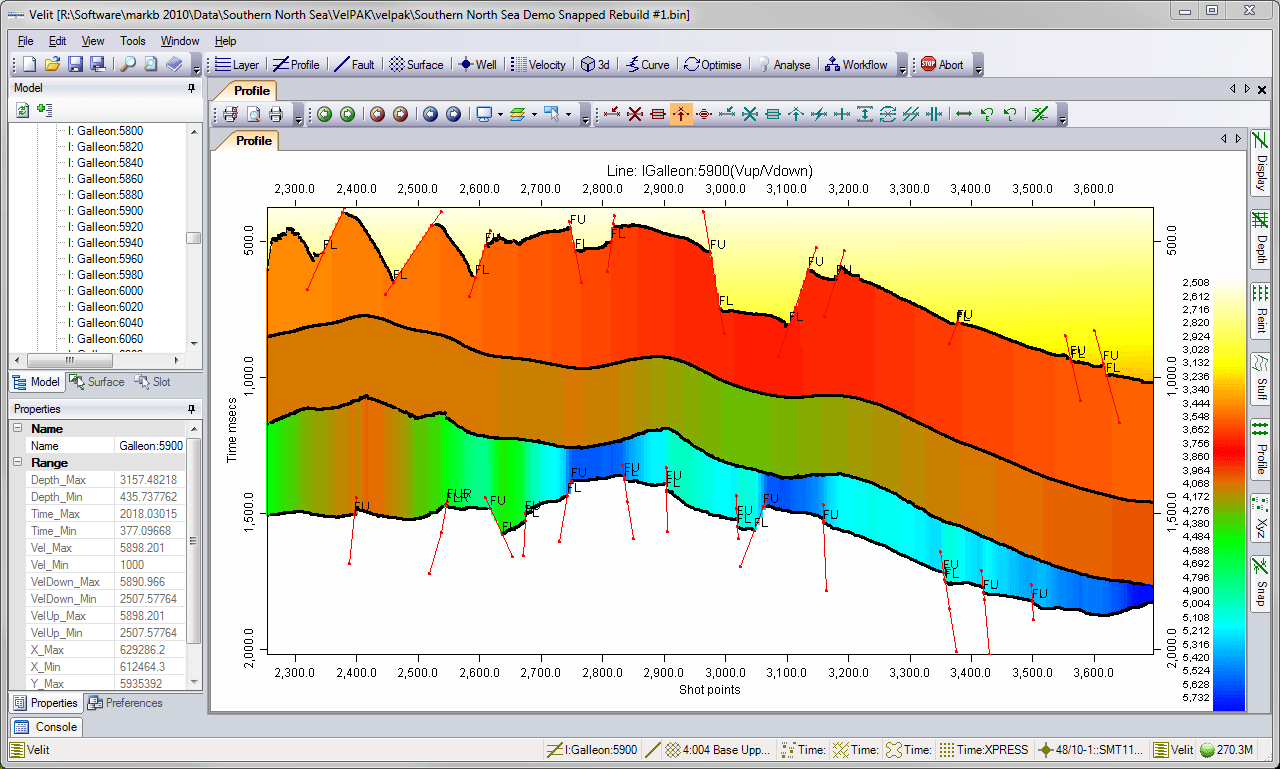The way we interpret seismic data has changed dramatically over the past few decades, thanks to developments in seismic processing and seismic inversion analysis, which has given us better tools to see what’s beneath our feet. But how did this technology come about? Let’s look at the introduction to seismic inversion methods and how its analysis developed over time.
Table of Contents
What is Seismic Inversion?
Seismic inversion is a new method that interprets seismic data by building an acoustic impedance model of the subsurface. This model can be used to calculate the density and porosity of the subsurface rocks and sand. To do this, geophysicists use an algorithm to identify reflections on a 3D grid, which are then used to determine what is below the ground. The reflected sound waves travel through layers of rock with different properties (porosity and density) at different speeds. The reflections come back with a longer time delay if they have travelled through more dense layers than less dense ones. Geophysicists take measurements at many points on the surface above the target area, record these as X-Y coordinates (x1, y1; x2, y2; x3…) then use these measurements to find out what’s below ground.
What are the Benefits of Seismic Inversion?
Seismic inversion analysis is a data interpretation method that has revolutionized the oil and gas industry. It provides an accurate, 3-dimensional representation of subsurface geology, including the locations of hydrocarbons. This breakthrough technology has enabled operators to drill more strategically and efficiently than ever before. So, how does seismic inversion analysis work?
How Has Seismic Inversion Analysis Developed Over Time?

Many people may not know what seismic inversion analysis is, or how it has developed over time. Let’s look at the evolution of this data interpretation technique to see what it entails and how it’s evolved over the years. Seismic inversion analysis, also known as spectral decomposition and spectral imaging, was initially created by researchers to interpret seismic waveforms.
What Are The Challenges Associated With Seismic Inversion?
Seismic inversion is a mathematical process that interprets the seismic data from earth’s surface by estimating the subsurface geology. The goal of seismic inversion is to produce images or models of what lies below the earth’s surface and answer questions related to geologic structure, hydrocarbon potential, and earthquake hazards. With all this information at hand, a company can then move forward with their exploration and production plan. But not without challenges along the way.
How Can Seismic Inversion Be Used In The Future?
Seismic inversion analysis is not a new technique, but it has been significantly improved over the past decade. These advancements have led to an increased ability to find and extract oil and gas from reservoirs. The use of seismic inversions will continue to increase as we work towards less-conventional sources of energy that are low-cost and cleaner than traditional fossil fuels.

